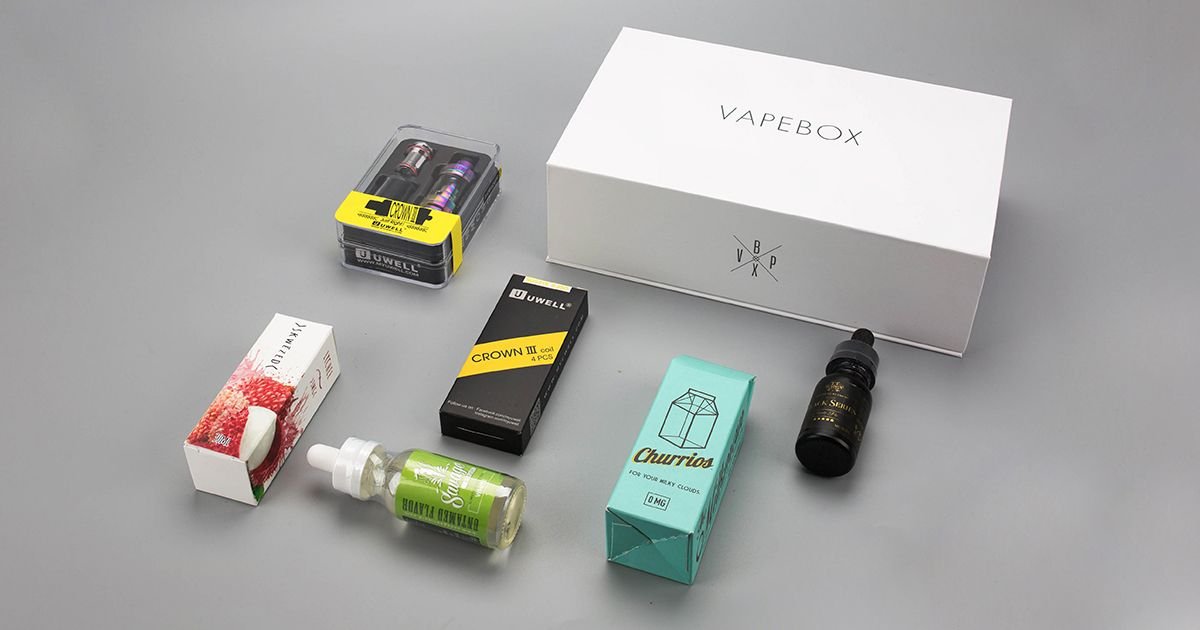The Ultimate Guide to Essential Boxing Equipment for Every Fighter
Stepping into the world of boxing, whether for fitness, competition, or self-defence, is a commitment to discipline and self-improvement. But before you throw your first punch, you need the right tools for the job. The correct boxing equipment is not about looking the part; it is the fundamental foundation of safety, performance, and progression. Using inadequate or poorly chosen gear can lead to injury, develop bad habits, and quickly extinguish your passion. This comprehensive guide will walk you through every piece of essential gear, explaining its purpose and how to choose the right products to build a complete and effective training setup that supports your journey from beginner to seasoned athlete.
The Non-Negotiables: Core Boxing Equipment for Every Session
These are the absolute essentials. You cannot step into a gym or begin a home workout safely without these core items.
Boxing Gloves: Your Primary Weapon and Shield
Gloves are the most personal and crucial piece of your boxing equipment arsenal. They protect your hands from impact and your training partners from injury.
- How to Choose: Weight (measured in ounces) is key. Heavier weights (14oz, 16oz) offer more padding for sparring and heavy bag work, while lighter weights (10oz, 12oz) are for competition and speed-focused pad work. For beginners, a versatile 14oz or 16oz pair is ideal. Look for a secure wrist closure (Velcro for convenience, laces for maximum support) and quality materials like genuine leather for durability.
Hand Wraps: The Unseen Guardian
Never, ever train without hand wraps. They are your first line of defence, providing critical support to the small, delicate bones in your hands and wrists.
- How to Choose: The two main types are traditional cotton wraps and quick-wrap gel versions. Traditional wraps (180-inch) offer the most customizable support and are preferred by most serious boxers. They secure your knuckles, wrists, and thumbs, preventing sprains and fractures upon impact.
Mouthguard: Protecting Your Smile
A mouthguard is essential for any form of sparring. It absorbs impact, protecting your teeth, jaw, and reducing the risk of concussion.
- How to Choose: While “boil-and-bite” guards from sports shops offer a decent fit, a custom-fit guard from a dentist provides the best protection and comfort. Never skip this piece of boxing equipment when working with a partner.
Building Your Training Arsenal: Bags and Punching Tools
Once you have the core personal gear, it’s time to focus on the tools you’ll use to hone your skills and build power.
The Heavy Bag: Building Power and Endurance
The heavy bag is the cornerstone of a boxer’s training regimen. It is used to develop punching power, practice combinations, and build cardiovascular endurance.
- How to Choose: Bags typically range from 70 to 150 pounds. For most home gyms, a 100-120 lb bag is sufficient. Look for a durable outer shell (often synthetic leather) and a filling that provides a firm but forgiving impact. Hanging bags offer the most realistic experience, while freestanding bags are great for spaces where you cannot mount a chain.
Focus Mitts (Pads): Sharpening Accuracy and Timing
Used with a trainer or partner, focus mitts are unparalleled for developing accuracy, speed, head movement, and defensive reflexes.
- How to Choose: The holder wears these. Look for mitts with a solid, curved palm design to safely catch punches, a secure wrist strap, and ample padding to protect the holder’s hands. They are a vital piece of boxing equipment for technical development.
The Double-End Bag: Mastering Precision and Rhythm
This small, air-filled ball is tethered to the floor and ceiling, rebounding unpredictably when struck. It is excellent for improving timing, hand-eye coordination, and precision punching.
- How to Choose: It’s a more advanced tool but incredibly valuable for developing a fighter’s rhythm and reflexes. It requires less space than a heavy bag and is a fantastic addition to any home setup.
Specialized Boxing Equipment for Advanced Training
As you progress, you may want to incorporate more specialized gear to target specific skills.
- The Speed Bag: This small, teardrop-shaped bag rebounding from a platform is famous for building shoulder endurance, rhythm, and hand speed. It has a steep learning curve but is highly rewarding.
- The Body Snatcher / Maize Bag: A tall, cylindrical bag that is less dense than a heavy bag. It’s perfect for practicing body shots, uppercuts, and angles, simulating a human torso more closely.
- Sparring Gear: Beyond gloves and a mouthguard, dedicated sparring includes headgear to protect from cuts and reduce impact, and a larger, more padded groin protector for men.
Creating Your Training Space: From Gym to Home
You don’t need a professional facility to train effectively. A well-planned home setup can be incredibly productive.
- Space: Clear an area with enough room to move around your bag safely.
- Flooring: A gym mat provides cushioning and defines your workout space.
- Storage: A gear bag from a brand like StarPro Combat is essential for keeping your wraps, gloves, and accessories organised, dry, and transportable.
Conclusion: Gear Up for Success
Your journey in boxing is a marathon, not a sprint, and having the right boxing equipment is what will keep you safe, motivated, and constantly improving. Each piece of gear, from the humble hand wrap to the formidable heavy bag, serves a distinct and vital purpose in your development. Investing in quality equipment from reputable suppliers is an investment in your health, your skills, and your passion.
Remember, the best gear is the gear that you use consistently and correctly. Equip yourself properly, respect the craft, and you will be well on your way to achieving your fitness and fighting goals.
Frequently Asked Questions (FAQs)
Q1: What is the most important piece of boxing equipment for a beginner?
Without a doubt, the combination of quality boxing gloves and hand wraps. They are non-negotiable for protecting your hands, which are the most vulnerable part of your body during training. Everything else can be built around this essential foundation.
Q2: How often should I replace my boxing gloves?
With regular use (3-4 times a week), expect to replace your gloves every 12-24 months. Signs you need a new pair include a permanently foul smell, flattened or lumpy padding, and a compromised wrist support system.
Q3: Can I use MMA gloves for boxing training?
No, MMA gloves are designed for mixed martial arts and offer minimal padding. They provide almost no protection for your hands when punching a heavy bag or during boxing sparring and should not be used as a substitute for proper boxing gloves.
Q4: What size heavy bag should I get for my home gym?
For most adults, a bag weighing between 70 and 100 pounds is a good start. A general rule is to choose a bag that is roughly half your body weight. This provides enough resistance for power development without swinging excessively.
Q5: Do I need to break in new boxing gloves?
Yes, new gloves can be stiff. The best way to break them in is through use. Light pad work and bag work will help the padding mould to your fist over time. You can also speed up the process by storing them with a fist-shaped object inside.
Contact StarPro Combat:
Address: Pointbid Logistics Systems Unit 16 Dulverton Road Electric Avenue Industrial Estate Aston, Birmingham West Midlands, B6 7JJ
Phone: +31 6 83995499
Email: support@starprocombat.com



